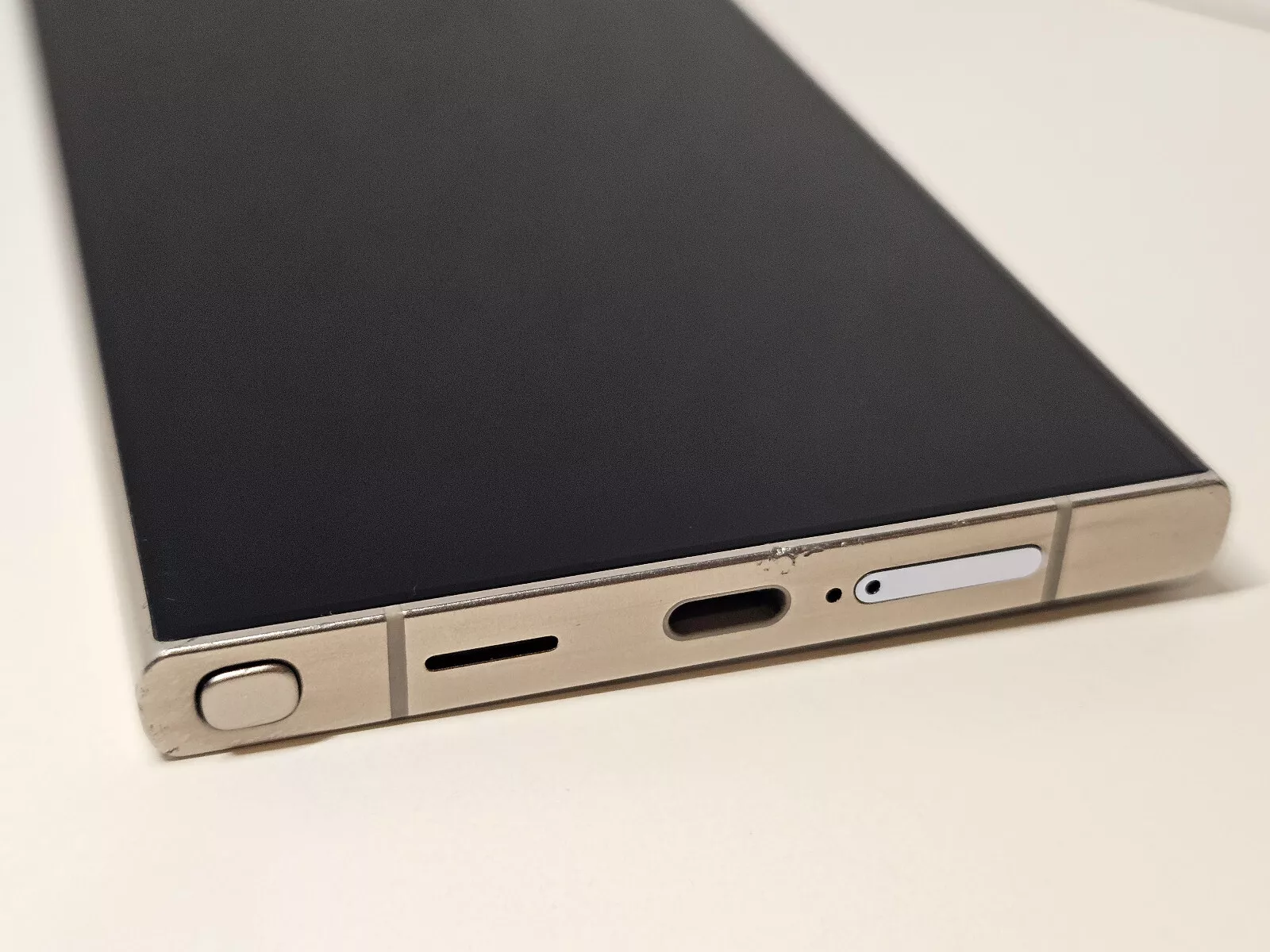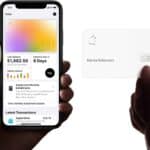The rising costs of buying a new cell phone have made going used (or refurbished) more attractive than it ever has been. A new phone can strain your budget and cost quite a bit of money to ensure and protect properly. Used phones, on the other hand, provide a more affordable alternative for those seeking quality devices without the premium price tag. Buying a pre-owned smartphone can save you up to 50% compared to new models while still delivering excellent performance and features, making them a worthwhile option.
When considering a used phone, it’s important to evaluate its condition, battery life, and compatibility with your carrier. Reputable sellers often offer certified refurbished devices that have been thoroughly inspected and restored to like-new condition. These phones typically come with warranties, giving buyers peace of mind. Smart shopping strategies can help you find the best deals on used smartphones. Compare prices across multiple platforms, read seller reviews, and check for any remaining manufacturer warranties. By doing your research and exercising caution, you can find a high-quality used phone that meets your needs and fits your budget.

The Value of Used Phones
Weighing the Pros and Cons
Used phones can be a great way to save money, but it’s important to weigh the pros and cons before making a purchase. Here’s a breakdown to help you decide:
Pros
- Lower Cost: This is the biggest advantage. Used phones can be significantly cheaper than buying new, especially for flagship models.
- More Options: You have a wider selection of models to choose from, including older models that are no longer available new.
- Reduced Environmental Impact: Buying used extends the life of a device, reducing electronic waste.
Cons
- Potential for Defects: Used phones may have hidden issues that aren’t immediately apparent.
- Limited Warranty: Used phones often come with a limited warranty or no warranty at all.
- Battery Life: The battery may be degraded, resulting in shorter usage time.
Making a Smart Purchase
If you decide to buy a used phone, here are some tips to ensure a good experience:
- Buy from a Reputable Seller: Choose a seller with a good reputation and clear return policies.
- Check the Phone Thoroughly: Inspect the phone for any physical damage, and test all the features to make sure they work properly.
- Ask About the Phone’s History: Inquire about the phone’s age, any previous repairs, and whether it’s been unlocked.
- Consider Certified Pre-Owned: Some retailers offer certified pre-owned phones that have been inspected and come with a warranty.

Is a Used Phone Right for You?
A used phone can be a good option if you’re on a budget or want a specific model that’s not available new. However, it’s essential to buy from a trusted source and inspect the phone carefully before purchasing.
| Factor | Used Phone | New Phone |
|---|---|---|
| Price | Lower | Higher |
| Warranty | Limited or none | Typically 1 year |
| Condition | May have wear and tear | Brand new |
| Battery Life | May be degraded | Optimal |
| Selection | Wider range of models | Limited to current models |
Inspecting a Used Phone
When buying a used phone, a thorough inspection is crucial. Here’s a checklist to guide you:
- Physical Condition: Examine the phone for any scratches, dents, or cracks. Check the screen for dead pixels or discoloration.
- Buttons and Ports: Test all the buttons (power, volume, home) to ensure they are responsive. Make sure the charging port and headphone jack (if present) are working.
- Camera: Take some test photos and videos to check the camera quality. Look for any blurry images or focusing issues.
- Speakers and Microphone: Play some music to test the speakers and make a test call to check the microphone.
- Battery Health: Ask the seller about the battery’s health or check if the phone has a battery health indicator in its settings.
- Network Connectivity: Insert a SIM card and test the network connectivity (calls, texts, and data).
- Software: Check the phone’s software version and make sure it’s up-to-date. Look for any signs of software glitches or lag.
- IMEI Number: Verify the phone’s IMEI number to ensure it’s not stolen or blacklisted. You can usually find this in the phone’s settings or by dialing *#06#.
Taking the time to inspect these aspects can help you avoid buying a used phone with hidden problems.
Key Takeaways
- Used phones offer significant savings while providing quality performance
- Certified refurbished devices often come with warranties for added protection
- Research and compare options to find the best value in pre-owned smartphones
Evaluating the Value of Used Phones
Used phones offer potential savings but require careful consideration. Assessing their worth involves comparing costs, understanding different categories, and factoring in technological progress.
Cost-Benefit Analysis of Used vs New Phones
Buying a used phone can save money compared to purchasing new models. A recent iPhone may retain 60-70% of its original value after one year. Android flagships tend to depreciate faster.
Used phones often cost 30-50% less than their new counterparts. This makes high-end devices more accessible to budget-conscious buyers.
Some downsides exist. Used phones may have shorter lifespans and lack warranties. Battery health declines over time, potentially requiring replacement.
Resale value is another factor. Newer phones typically fetch higher prices when resold. Popular models like iPhones hold their value better than less known brands.
Understanding the Differences: Pre-Owned, Refurbished, and Certified Refurbished
Pre-owned phones are simply used devices sold as-is. They carry the most risk but often have the lowest prices.
Refurbished phones undergo basic testing and repairs. Sellers may replace batteries or fix minor issues. These offer a middle ground between pre-owned and certified refurbished.
Certified refurbished phones go through rigorous testing and restoration. Major manufacturers or authorized resellers typically handle this process. They often come with limited warranties.
Certified refurbished iPhones from Apple, for example, include a new battery and outer shell. This makes them nearly indistinguishable from new devices.
Prices increase as you move from pre-owned to certified refurbished. The extra cost buys peace of mind and reduced risk of issues.
The Implications of Technology Advancements
Rapid tech progress affects used phone values. Older models may lack support for new features or software updates.
5G adoption is a key factor. Phones without 5G capabilities may depreciate faster as networks expand.
Camera technology evolves quickly. Newer phones often boast superior photo and video capabilities. This can make older models less appealing to some buyers.
Battery tech improves over time. Newer phones may offer better efficiency and longer-lasting batteries. This partially offsets the natural degradation of used phone batteries.
Software support lifespans vary by manufacturer. Apple typically supports iPhones for 5-6 years. Android phones often receive updates for 2-3 years. This affects long-term usability and security.
Smart Shopping for Used Smartphones
Buying a used smartphone can save money and reduce electronic waste. Knowing where to look and what to check helps find reliable devices at good prices.
Choosing the Right Selling Platforms
Amazon, eBay, and Swappa offer large selections of used phones with buyer protections. Amazon Renewed provides certified refurbished devices with warranties. Gazelle and Back Market specialize in pre-owned phones that undergo testing. Local options like Craigslist allow in-person inspection but carry more risk.
E-commerce sites make comparing prices and models easy. Reading seller ratings and reviews helps avoid scams. Some platforms offer return periods to test devices. Buying from individuals may yield lower prices but fewer guarantees.
Key Considerations When Buying a Used Phone
Check the phone’s battery life, as older batteries hold less charge. Verify the model supports current software and will receive future updates. Inspect for damage like cracked screens or water exposure.
Confirm the device isn’t carrier-locked or blacklisted. Test all functions including cameras, speakers, and buttons. Look for extras like IR blasters on some models.
Prioritize phones with remaining manufacturer warranty. Consider third-party protection plans for peace of mind. Factor the total cost including any needed repairs or accessories.
Frequently Asked Questions
Purchasing a used phone involves several key considerations to ensure a good value and reliable device. Buyers should carefully evaluate condition, potential risks, and security measures.
How can I assess the condition of a used phone before purchase?
Check for physical damage like scratches or cracks. Test all functions including calls, texts, camera, and audio. Verify battery health and charging capabilities. Examine the screen for dead pixels or discoloration.
What are the potential risks associated with purchasing a second-hand phone?
Hidden damage may not be immediately apparent. The device could be stolen or blacklisted. Software issues or malware might be present. Battery life may be significantly reduced due to previous use.
What factors should be considered when determining the value of a used phone?
Age of the device and its original retail price. Current market demand for the model. Overall condition and any visible wear. Included accessories and original packaging. Remaining warranty if applicable.
How does the lifespan of a second-hand phone compare to a new device?
Used phones typically have a shorter remaining lifespan. Software updates may be limited or unavailable sooner. Battery performance often degrades faster. Hardware components may fail earlier due to prior use.
What are the advantages and disadvantages of buying a refurbished phone over a used phone?
Refurbished phones often come with warranties and quality checks. They may have replacement parts or restored batteries. However, refurbished devices can be more expensive than used phones.
What steps can be taken to ensure the security of personal data when buying a used phone?
Verify the phone is not linked to any accounts. Perform a factory reset before use. Check for any remaining data or apps. Update the operating system and security patches immediately.






